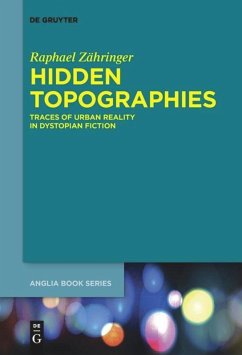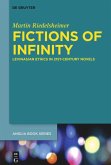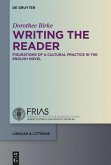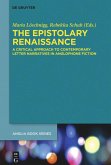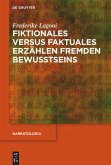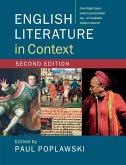This book examines dystopian fiction's recent paradigm shift towards urban dystopias. It links the dystopian tradition with the literary history of the novel, spatio-philosophical concepts against the backdrop of the spatial turn, and systems-theory. Five dystopian novels are discussed in great detail: China Miéville's Perdido Street Station (2000) and The City & The City (2009), City of Bohane (2011) by Kevin Barry, John Berger's Lilac and Flag (1992), and Divided Kingdom (2005) by Rupert Thomson. The book includes chapters on the literary history of the dystopian tradition, the referential interplay of maps and literature, urban spaces in literature, borders and transgressions, and on systems-theory as a tool for charting dystopian fiction. The result is a detailed overview of how dystopian fiction constantly adapts to - and reflects on - the actual world.

